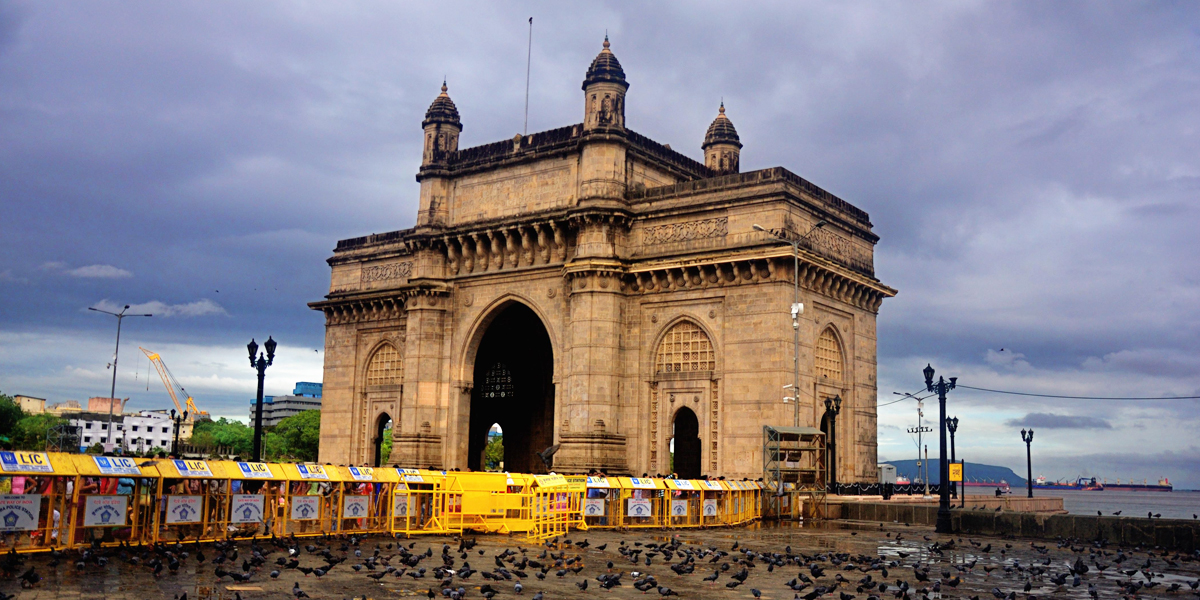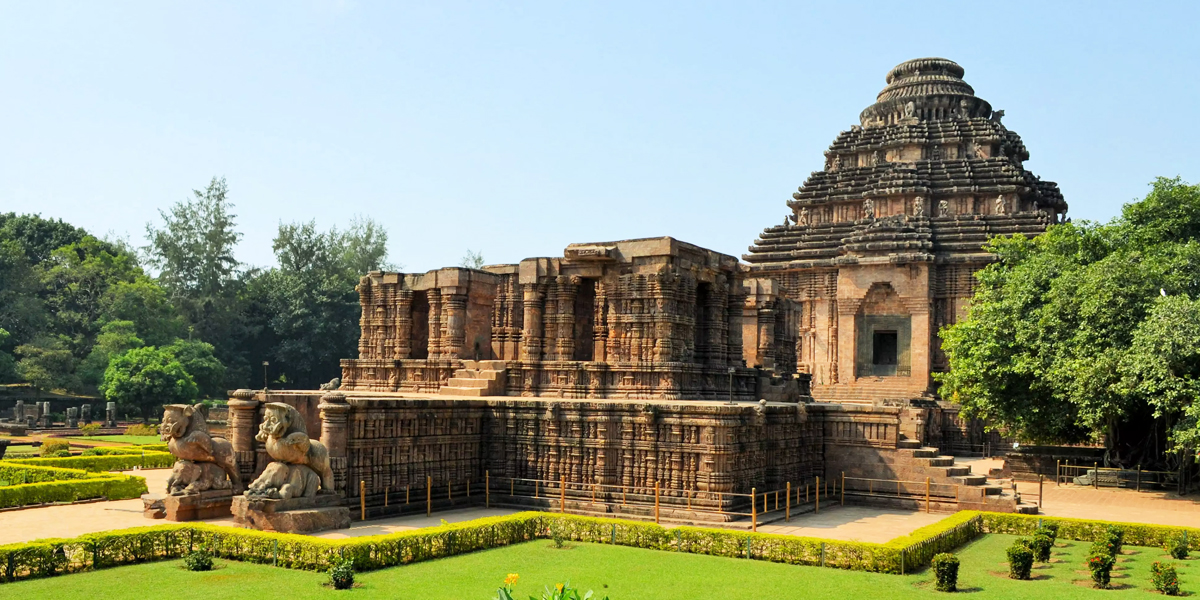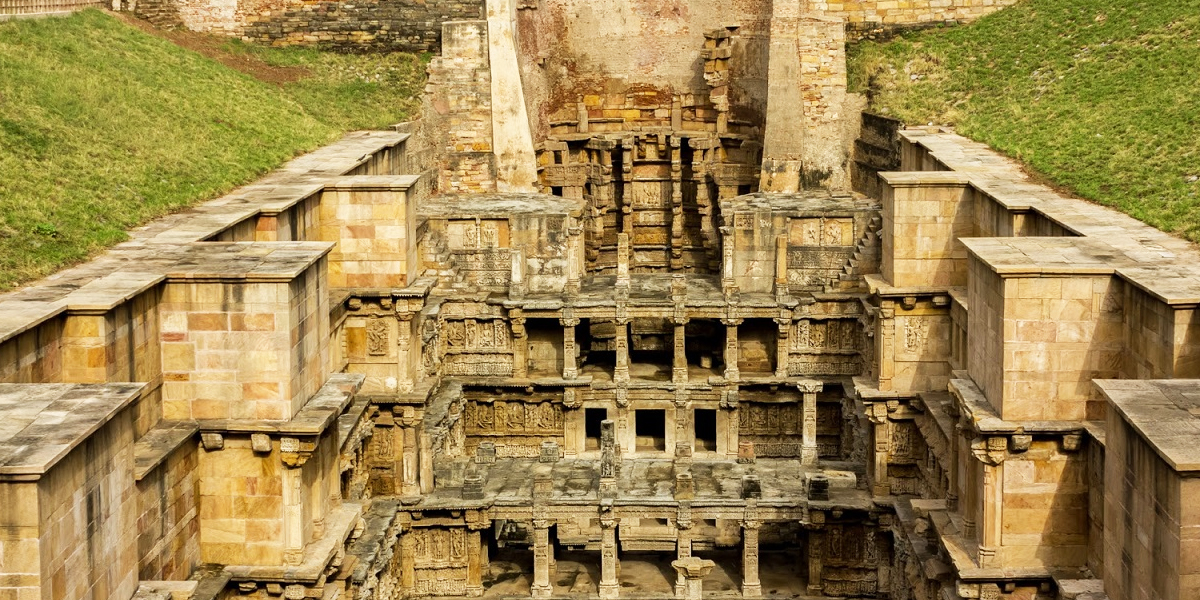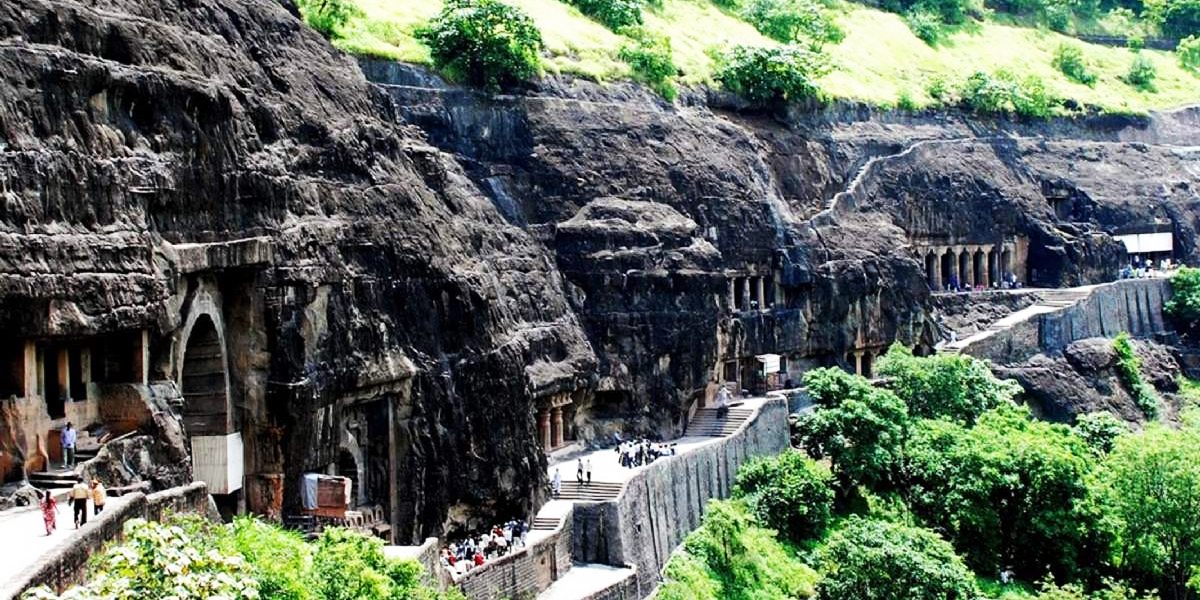India is a land of architectural wonders and each of her monuments has a wonderful history attached to it. Since the coming of the Aryans, India has seen the rule of a lot of invaders. Each of these rulers has contributed to Indian architecture and these works have great historical, cultural and artistic significance. These stories are an integral part of India’s architectural history. Exploring Indian architecture is quite an enriching experience because of the seamless blending of different styles of architecture over each period.
Table of Contents
Taj Mahal

The UNESCO World Heritage Site has been one of the best known architectural destinations in India and is frequented by millions of tourists from across the world. However, this exquisite piece of art and architecture has a tale of love behind its construction. Emperor Shah Jahan of the Mughal era had three queens out of whom Arjumand Banu Begam was his most favourite. She was popularly known as Mumtaz Mahal, meaning, ‘the jewel of the palace’.When the beloved queen died, the grieving emperor wanted to immortalize his love by building a magnificent mausoleum in her honour. He ordered an impressive marble structure to be built across the Yamuna River as a tomb for the queen.20,000 workers toiled under architect Ustad Ahmad Lahouri to complete the breathtakingly beautiful mausoleum complex. When Shahjahan was dethroned by his son Aurangzeb and imprisoned in a tower at the Agra Fort, he spent his last days looking at the unparalleled Taj Mahal named after Queen Mumtaz Mahal from the window of the tower. When he died, he was buried there alongside her grave.
Gateway of India

The most famous monument in Mumbai is the majestic Gateway of India, facing the Arabian Sea. However, its construction during the British period has an interesting history. The structure was a triumphal arch that was made in the honour of King George V and Queen Mary who were visiting India. They were scheduled to enter India through Bombay and thus, it was named as the Gateway of India to commemorate their visit. It is also to be noted that when India got freedom, the last of the British ships left the country through this gateway. Built in Indo Saracenic style along with Mughal architectural elements, the arches, minarets, domes, spires, and stained glass work create a visual wonder. The central dome of the Gateway with its lattice work is one of the most beautiful features of this monument.
Konark Temple

One of the greatest architectural wonders of India is the Sun Temple at Konark, Orissa. The massive structure is built in the shape of the Sun God’s chariot which is driven by seven horses as per mythology. The temple is adorned with 12 wheels that are said to be one of the world’s oldest sundials. The walls are also minutely decorated with exquisite erotic sculptures. But the greatest story behind this architecture is also one of the greatest mysteries. It is said that the Konark Temple isn’t only an architectural wonder because of its unique craftsmanship but also because of the scientific calculations involved in its making.
This includes not only the sundial but also the use of magnets. According to some stories, the main complex of the temple had a 52 ton magnet on its top and every two stones of the temple had iron plates in between. The unique arrangement of iron plates and magnets helped the idol in the temple to float in the air. However, the magnetic field interrupted the sailing of the ships near the coast and was thus dismantled by the Portuguese which led to the collapse of the main temple.
Rani ki Vav

India truly has some architectural wonders that you can find nowhere else on earth. Rani ki Vav is a one of a kind architecture that you see in Gujarat. Located on the banks of river Saraswati, Rani ki vav is an inverted temple dedicated to the river. It is built in the form of a stepwell that queen Udaymati built in honour of her husband King Bhima I in the 11th century. The seven storeyed stepwells has more than 500 sculptures of humans, gods and nymphs all over its body.
Ajanta Caves

One of the oldest architectural wonders of India is the Ajanta Caves. They are said to date back to as early as 200 BC and have beautiful carvings and sculptures that speak of India’s rich cultural past. There are 29 rock cut caves in total that have been made on the basis of specific scientific calculations. Every year on the summer solstice the 26th cave is lit up by the rays of the sun while on the winter solstice the 19th cave is lit up. These caves have several paintings and rock cut sculptures from the Buddhist tradition. In ancient times these caves served as prayer halls and resting places for monks and pilgrims. Later they got lost into oblivion and a forest grew around them. It was only in 1819 that they were again discovered by a British officer called Captain John Smith who accidentally came across it while hunting a tiger.
Indian architecture is steeped in rich culture, history, and tradition, making this country an interesting site for architects and artists. With global influence on its monuments, India displays and awesome amalgamation of the old and modern. Therefore, even in this contemporary area, the country holds the richest treasures to be uncovered by researchers


